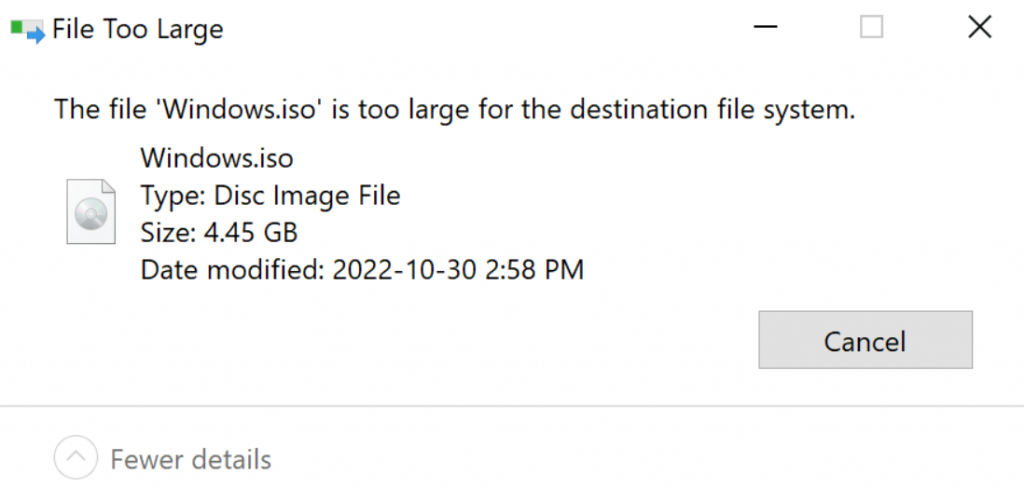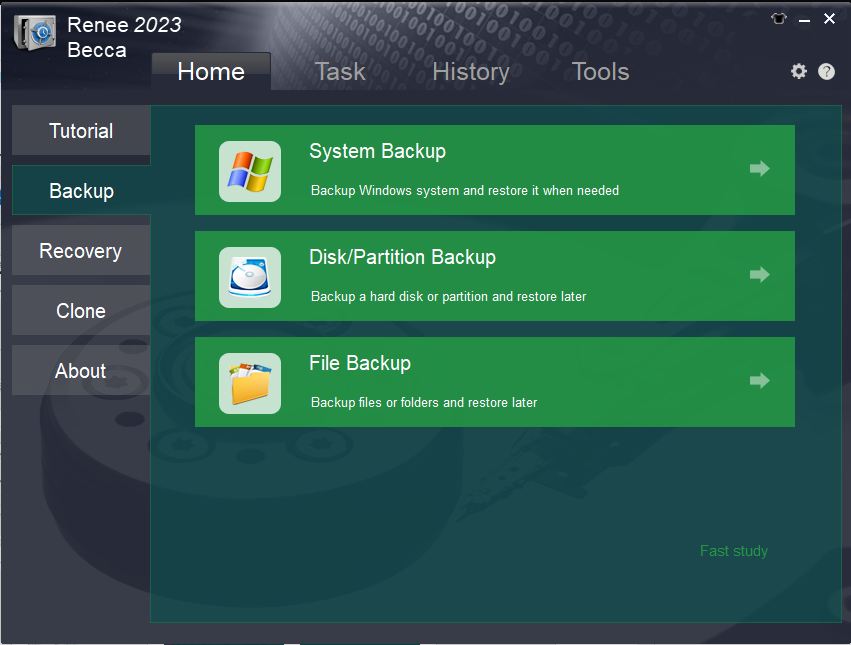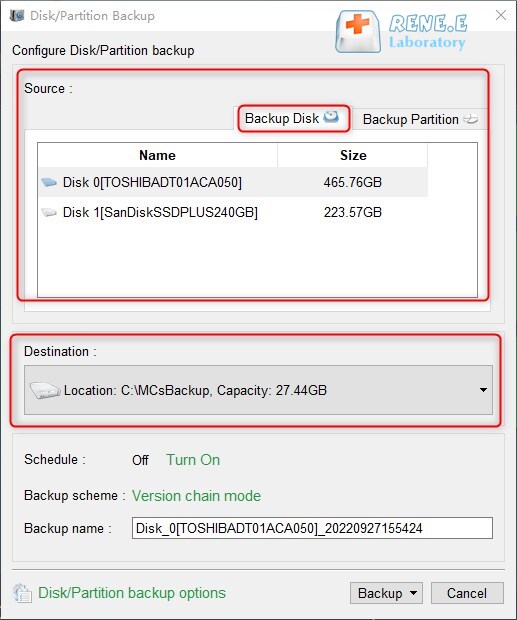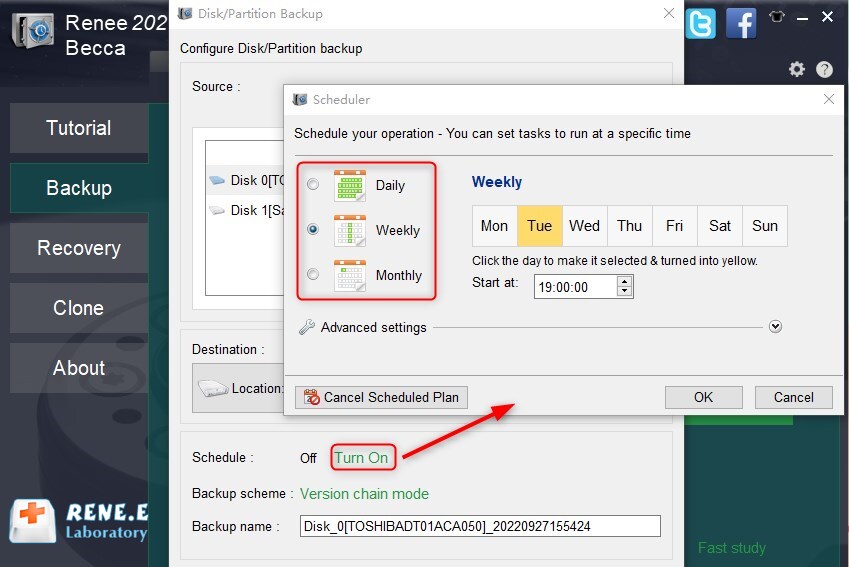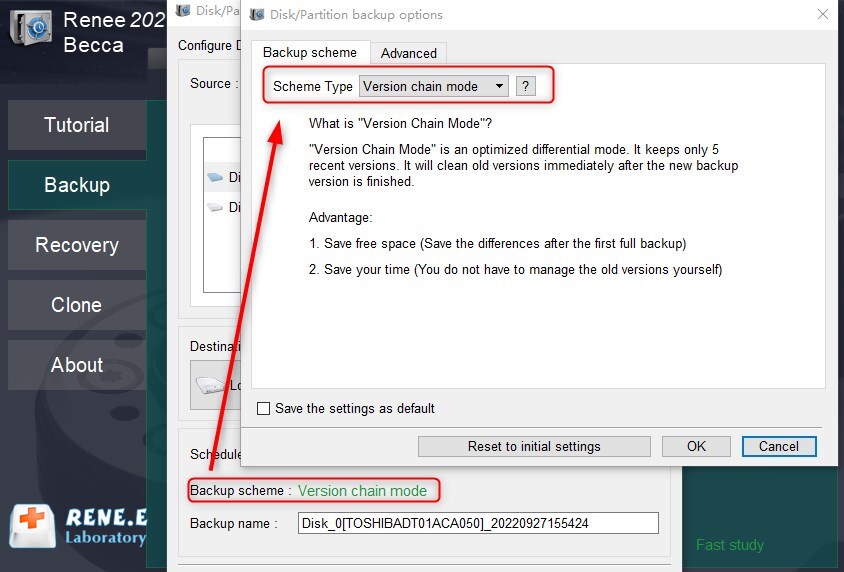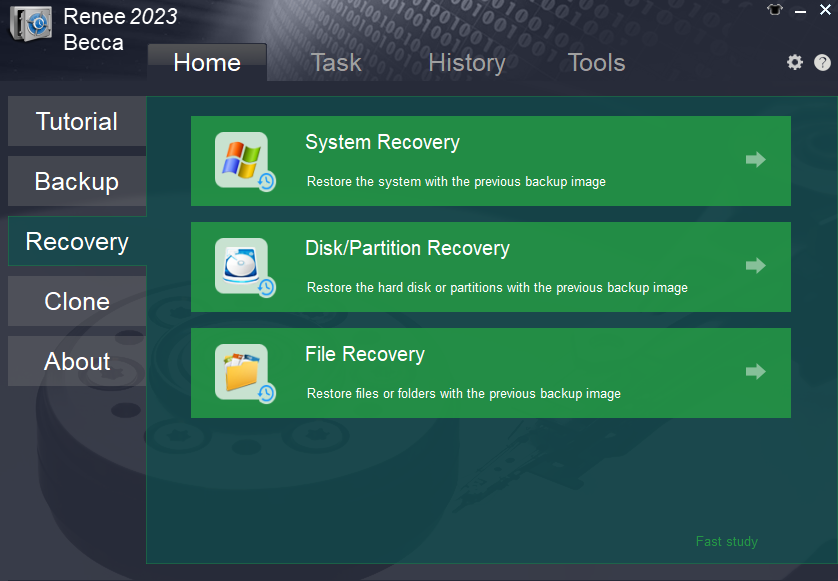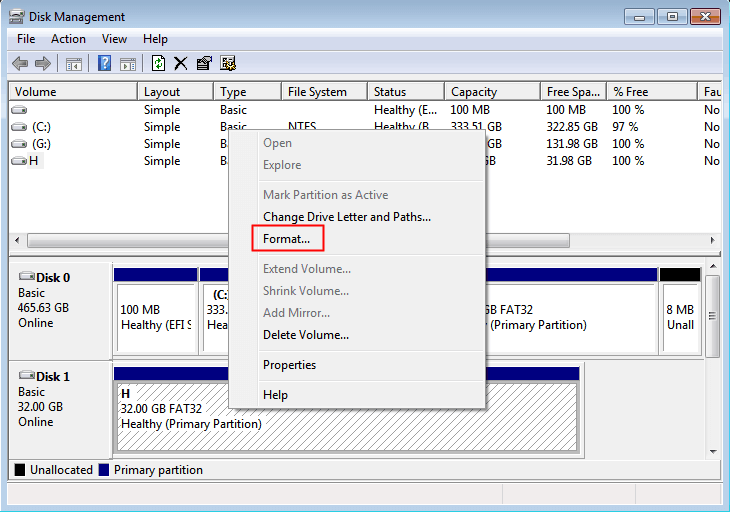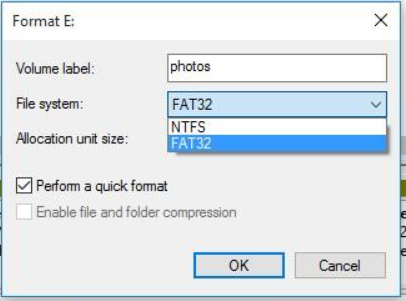File too Large to Move to USB: Copy Large Files to USB Drive Effortlessly
- Home
- Support
- Tips Data Backup
- File too Large to Move to USB: Copy Large Files to USB Drive Effortlessly
Summary
Learn why you can't copy a large file to your USB drive and find solutions to overcome the "file is too large for the target file system" error.


Quick Backup files at up to 3,000MB/min.
Fullfill different backup needs Supports system backup, disk / partition backup, file backup and disk clone.
Intelligent Automatically analyze the differences between source and backup data.
Convenient Support VSS, allowing to freely view webpages when backing up system.
Highly compatible Supports various files and storage devices.
Quick Backup files at up to 3,000MB/min.
Fullfill different backup needs Backup for disk, partition and system. Save disk space by backing up incremental /differential data.
Highly compatible Supports various files and storage devices.
Version chain mode: Only the latest 5 versions are kept, and useless old versions are automatically deleted after the backup is complete.
Single version mode: Only the most recent version is kept, and the previous version is automatically deleted after the backup is complete.
Full mode: Create a full backup.
Incremental mode: After the initial full backup, only incremental backups are created.
Differential mode: After the initial full backup, only differential backups are created.
Please choose the previously saved USB disk image file in the (Source) section and then select target location in the (Destination) section. Next, click the (Recovery) button to begin the restoration process.
Relate Links :
Fix: Cloned Hard Drive Won't Boot on Windows
01-03-2024
John Weaver : Struggling with a Windows system that won't boot after migrating or cloning to a new hard drive? Uncover...
Clone PS3/PS4 Hard Drive: The Ultimate Guide
20-10-2023
John Weaver : Learn a practical method to clone and replace the hard disk of your PS3/PS4 for improved device performance...
Clone a Hard Drive with Bad Sectors Like a Pro
11-10-2023
John Weaver : Learn how to clone a hard disk with bad sectors to prevent data loss. Safeguard your information by...
How to Free Clone Hard Drive to SSD
08-06-2022
Ashley S. Miller : Want to replace HDD with SSD and preserve all data in HDD? Easy to go. With Renee Becca,...



